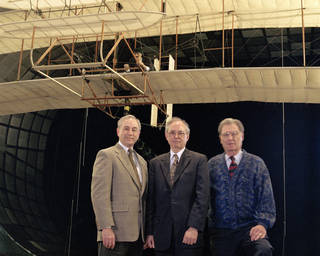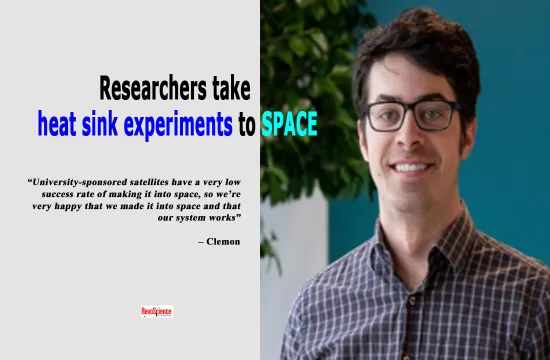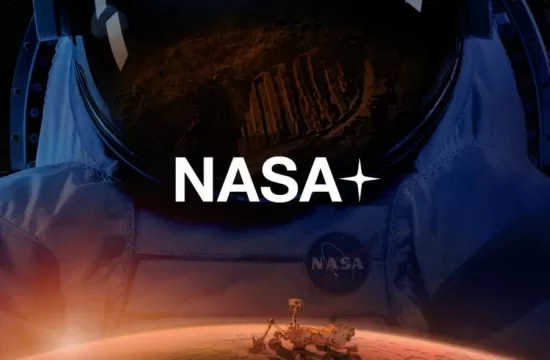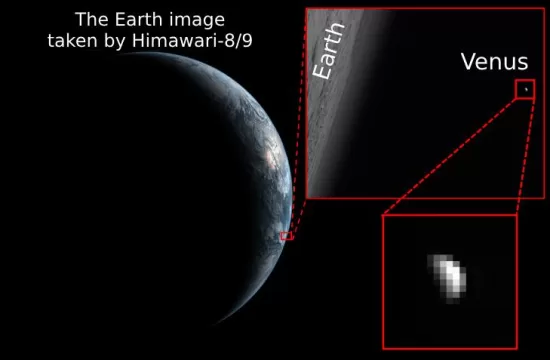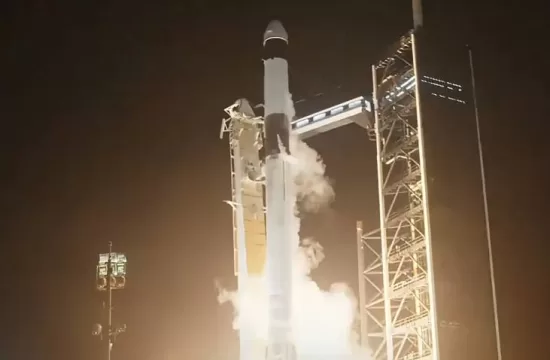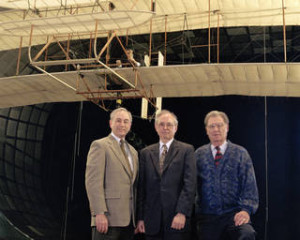
Credits: NASA Ames, Tom Trower
Founded in 1939 as the second laboratory for the National Advisory Committee for Aeronautics (NACA), what is now NASA’s Ames Research Center has been a large part of the rich aviation history of the United States, and one of Ames’ employees is celebrating twice over on August 19, 2015, it’s both National Aviation Day and his 90th birthday.
John W. “Jack” Boyd has been part of Ames’ aviation legacy since nearly the beginning of the center’s history. He began working at Ames in January 1947 as an aeronautical engineer. Boyd’s work involved wind tunnel research of supersonic and subsonic aircraft and conducted early research on unpiloted planetary probe designs.
When asked about the future of aviation, Boyd said he hopes research with solve the sonic boom issue to enable development of an affordable supersonic transporter, allowing travelers to fly from New York to London in an hour at Mach 2.
Boyd shares his birthday with Orville Wright, and the day was chosen to honor all aviation history as the United States’ National Aviation Day.
In this, the 100th anniversary of the NACA, and the year after Ames’ 75th anniversary, the research contributions over the decades developed into the depth of aviation knowledge we have today. Before computer simulations were possible, all aerodynamic testing happened in wind tunnels. Ames constructed wind tunnels to learn about complex aerodynamics processes such as shock waves and excessive heating. Some wind tunnels have test sections big enough for a 737, and some capable of simulating hypersonic flight, with air moving over aircraft models at several times the speed of sound. Some of Ames’ greatest contributions to America’s aeronautics and space program include the swept-back wing concept that is used on all high-speed aircraft today, and the blunt body concept for space vehicles, which increases drag, reduces shock waves and prevents spacecraft from burning upon planetary entry. Ames research later expanded into computational fluid dynamics, simulation technology, information technology, air traffic management research, tilt rotorcraft and life sciences.
Ames continues to move aviation forward after recently hosting the Unmanned Aircraft Systems (UAS) Traffic Management (UTM) Convention. Ames Exploration Technology Intelligent Systems is researching Sense and Avoid technology to develop UAS minimum operational performance standards. Ames UTM is conducting field tests to safely enable low altitude UAS operations. We look forward to the next 100 years of aviation advancements. NASA is with you when you fly!

